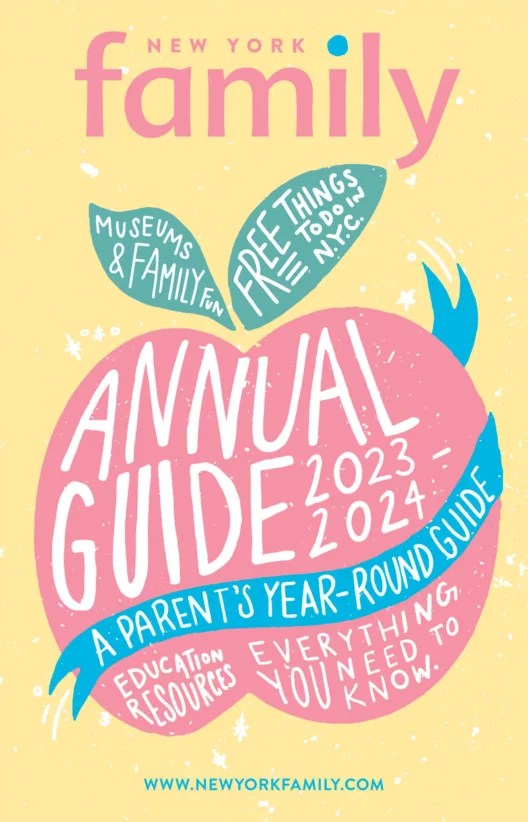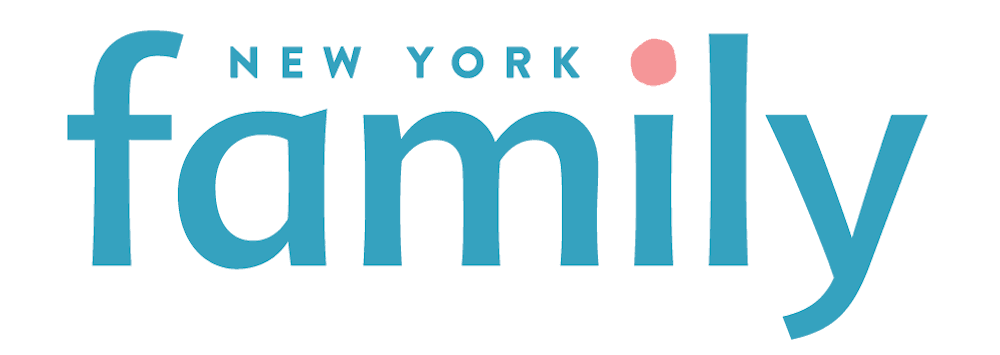Before you had children, chances are you barely thought about toothbrushing. Every morning you walked into the bathroom, picked up your toothbrush, put on toothpaste, and then brushed your teeth for two minutes. Before bedtime, you did the same thing. Simple, routine, and mindless.
Consider yourself lucky if your child walks into the bathroom and brushes her teeth without muss or fuss! More likely, you are having a nightly battle full of negotiations, clenched jaws, and wiggly small ones.
Many parents have found brushing teeth to be a moment of combat in their homes. From getting your small one to go into the bathroom, to getting a toothbrush past her lips, to spitting, it can be a stressful situation.
Let’s break it down, so that the days of your struggles for better oral hygiene can be behind you. Breaking the activity down into steps can make it feel much more manageable. For purposes of this article, I am separating it into four chunks:
Chunk 1: Getting into the bathroom
When you say, “time to brush your teeth,” does your child run in the other direction? Chasing and yelling may follow until he actually gets into the bathroom.
The solution is to make going to the sink direct and fun. Walk over to your kiddo, stand right next him, and say, “I’ll race you to the bathroom” or “Let’s skip to the bathroom.” Then take his hand and head in the direction of the bathroom together. Being in contact means that you can prevent detours before they happen.
Chunk 2: Getting the toothbrush set up
Now that you are in the bathroom, stand between your little one and the door. This will make sure she stays in the room!
While you are getting the toothpaste, have her get the toothbrush. Turn the water on and let her wet the brush. You probably want to be the one to put on the toothpaste, as putting on just a small dab is an adult skill.
But making your child part of the process will keep her engaged and lead to independence.
Chunk 3: Getting the teeth clean
Do you find yourself begging your child to open his mouth so you can brush for just a few seconds? Start with him brushing his own teeth, because it will get the toothbrush in the mouth and cleaning started.
Create a routine for this: Have him brush the top for the count of 5, and then the bottom for a count of 5. Then make it your turn, you count to 10 for the top, and then 10 for the bottom. Once the routine is set, you can increase the time to get their teeth super clean.
Chunk 4: Getting out of the bathroom
While still in the bathroom, have a clean teeth party. This can range from a quick dance party to giant bear hugs to shaking it off. Then move on by telling your kids what will happen next. This can range from hopping into the bath to heading to the living room to read books.
Get the fight out of toothbrushing by doing one chunk at a time. No more commenting on how hard it is or telling your kids they are wasting time. Follow one chunk at a time, stay positive in your language, and celebrate after each success. Happy brushing!
Dr. Marcie Beigel is the best-selling author of “Love Your Classroom Again” and “Love Your Family Again.” She is the founder of Behavior and Beyond, a company dedicated to behavior change. Visit DrMar





















